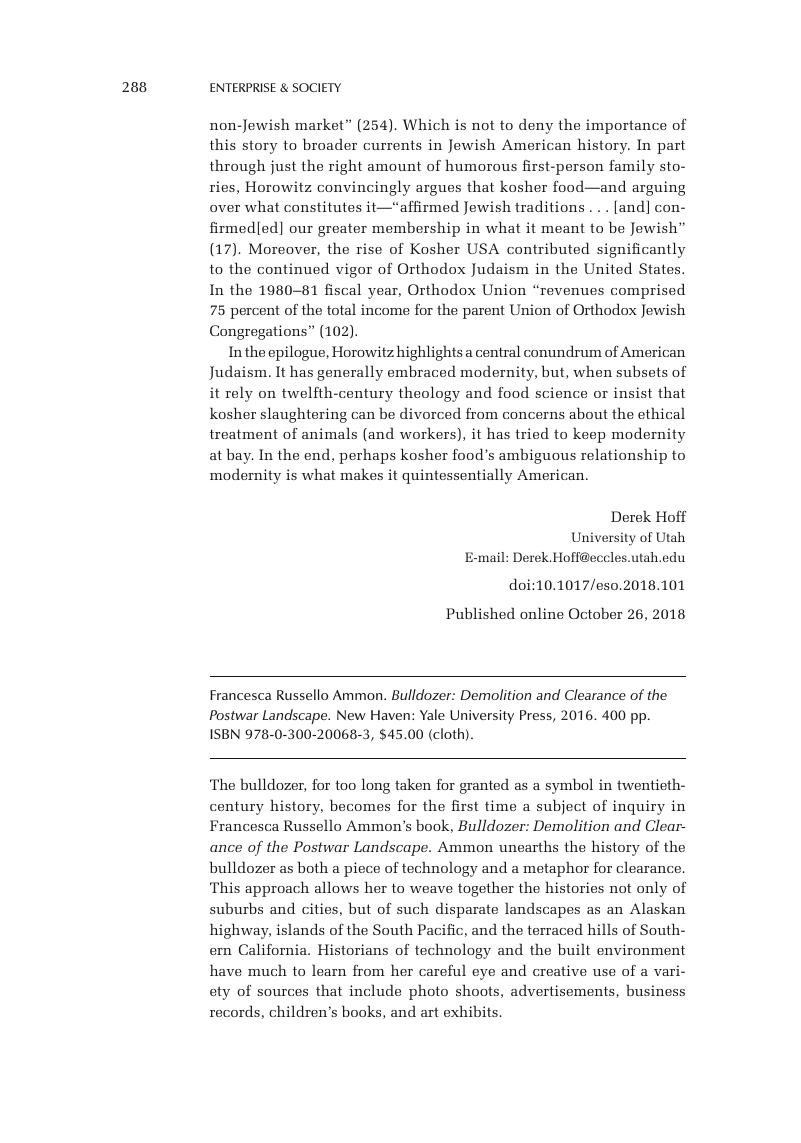No CrossRef data available.
Published online by Cambridge University Press: 14 March 2019

1. Federal agencies and policies also promoted targeting funds to more stable areas and removing resources from distressed neighborhoods, often exacerbating existing race-based redlining patterns. See Paul R. Dommel and Michael J. Rich, “The Rich Get Richer: The Attenuation of Targeting Effects of the Community Development Block Grant Program,” Urban Affairs Quarterly 22, no. 4 (June 1987): 552–579; Northeast Ohio Coordinating Agency, A Guidebook for Using Home Mortgage Disclosure Data for Community Development and Maintenance (Cleveland, Ohio: U.S. Department of Housing and Urban Development Office of Policy Development and Research, 1980); Deanna H. Schmidt, “Urban Triage: Saving the Savable Neighbourhoods in Milwaukee,” Planning Perspectives 26, no. 4 (October 1, 2011): 569–589, https://doi.org/10.1080/02665433.2011.601609; and J. Rosie Tighe and Joanna P. Ganning, “The Divergent City: Unequal and Uneven Development in St. Louis,” Urban Geography 36, no. 5 (July 4, 2015): 654–673, https://doi.org/10.1080/02723638.2015.1014673.